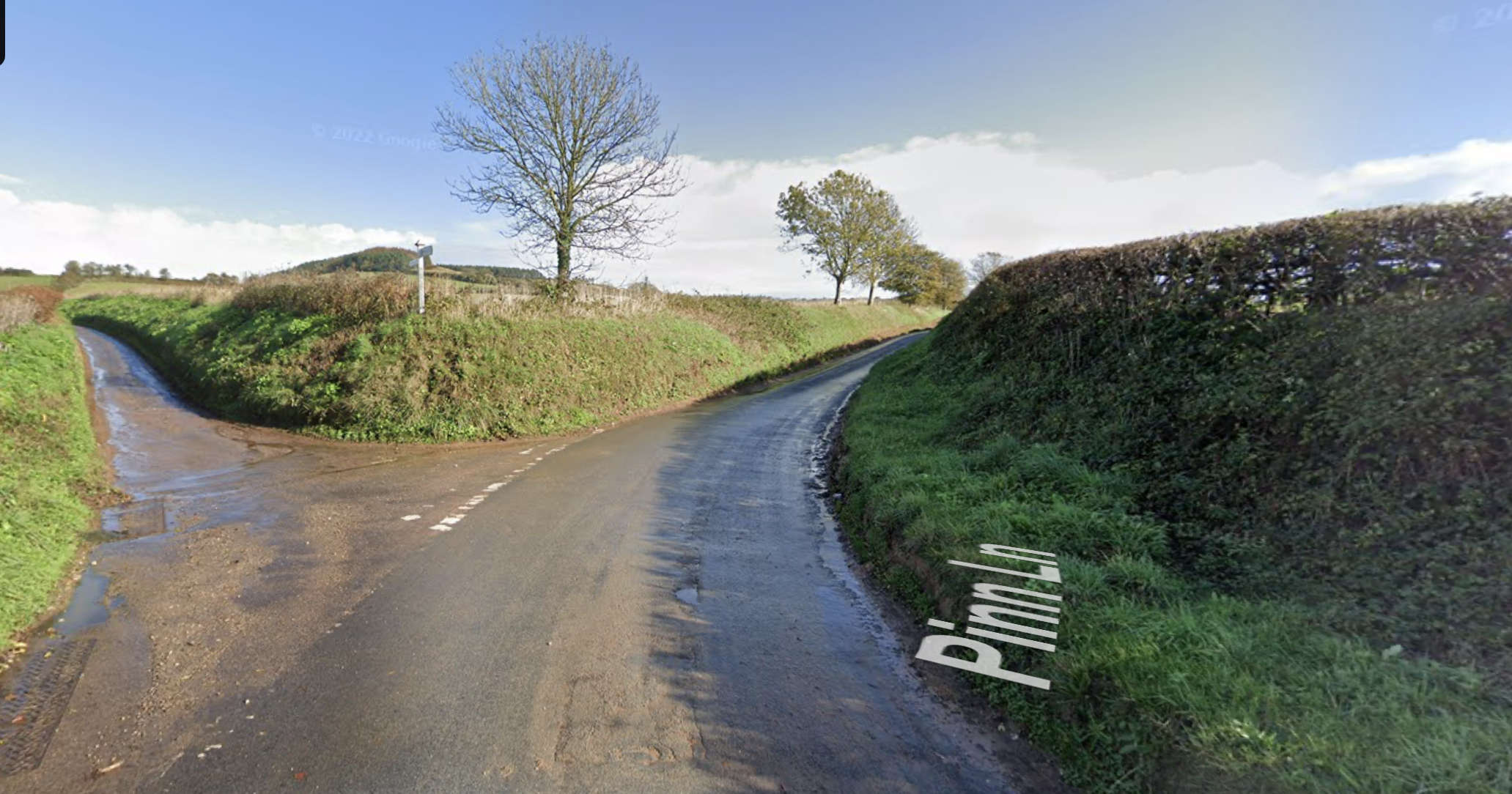
Residents seek reassurance that environmental damage will be minimal
Plans to install electrical infrastructure for a floating wind farm off the North Devon coast which will power 135,000 homes have been submitted to the district council.
North Devon District councillors will be seeking reassurances that environment damage will be minimal when underground cables are installed from Saunton Sands car park to a new substation at East Yelland to connect the turbines to the national distribution network.
The 100MW White Cross Offshore Wind project, a joint venture between Cobra and Flotation Energy, will test new technology in the Celtic Sea and has been the subject of several public consultations. The windfarm site is approximately 50km off North Devon and covers an area of 50 square kilometres, but only 20 per cent of this area will be required for the six to eight turbines.
Onshore infrastructure plans include a permanent substation access road and temporary facilities during construction.
But some local residents are concerned about potential disturbance to the environment and wildlife from the installation of the cables and the increase in traffic. They say a substantial numver of HGV movements a day will go through the area for two years.
Saunton Sands is one of the south west’s most popular beaches, claiming some of the country’s best surf, but the narrow roads it are very busy during the summer. The beach is backed by one of the largest sand dune systems in Britain, the Unesco-protected Braunton Burrows Biosphere Reserve, which has a diversity of plant and animal life, and is within the North Devon Area of Outstanding Natural Beauty.
The rights for the White Cross development were secured from The Crown Estate in 2021 as a ‘test and demonstration’ site. It aims to reduce carbon dioxide by 215,000 metric tonnes each year, with windfarm forming part of a UK plan to reach net zero by 2050.
The project is expected to be fully operational in 2026/27 once a final investment decision is made next year. It may be seen in good weather from Lundy Island, 44 kilometres away.
Both onshore and offshore, the cables will be trenched and buried, to a depth of between 0.5 and three metres.
Cllr Neil Denton (Ind, Fremington) said there would be some detriment to the countryside: “There is no such thing as no harm. Whilst this windfarm is potentially beneficial long term, in the short term it needs to be highly monitored. The company says it will reinstate land, and replant and reseed areas.
“By the very natural of the project I would hope that any negative environmental implications would be kept to a minimum. My concern is the traffic impact on Croyde and Saunton Sands and the impact on tourism.”
Cllr Liz Spear (Lib Dem, Braunton East) said with it being a pilot project they wouldn’t really know the impact until it takes place. “We have had two or three consultations in Braunton but surprisingly they weren’t that well attended. As I understand it most of the cabling will be underground and not have too much impact. Transport is the issue for me as we were told there could be as many as 90 HGV movements a day and the roads through Braunton, the marshes and Saunton Sands are narrow.”
White Cross Offshore Wind Ltd said that onshore where trenching and burying the cable was not possible due to the sensitivity of the habitat or presence of infrastructure, such as roads, alternative methods including hydraulic directional drilling would be used to avoid damage to these features.
It added: “A full environmental impact assessment has been undertaken. Potential impacts associated with the cable route will be temporary, lasting during the construction period only. Any visual impacts from the substation will be mitigated over time as the landscaping and planting matures. ”
The project would provide 10 per cent biodiversity net gain, it said. Biodiversity net gain (BNG) was a way to contribute to the recovery of nature while developing land, making sure the habitat for wildlife was in a better state than it was before development.
“White Cross will work in collaboration with the North Devon Unesco Biosphere Reserve and their Natural Capital Marketplace to ensure that the environmental measures incorporated by the project are compatible with the local area and priorities.”
White Cross also said that traffic movements although “significant” would avoid peak times and be staggered throughout the day. A community liasion officer would be appointed to act as first point of contact for communities. A traffic management plan would be be put in place to reduce potential traffic impact.
 Teenager killed in rural East Devon crash
Teenager killed in rural East Devon crash
 Protest as work stops on controversial Newton Abbot project
Protest as work stops on controversial Newton Abbot project
 Petition launched to save Paignton ambulance station
Petition launched to save Paignton ambulance station
 Official challenge to Torbay solar farm project
Official challenge to Torbay solar farm project
 Two people injured in suspected Plymouth stabbing
Two people injured in suspected Plymouth stabbing
 Four councillors banned from council tax debates
Four councillors banned from council tax debates
